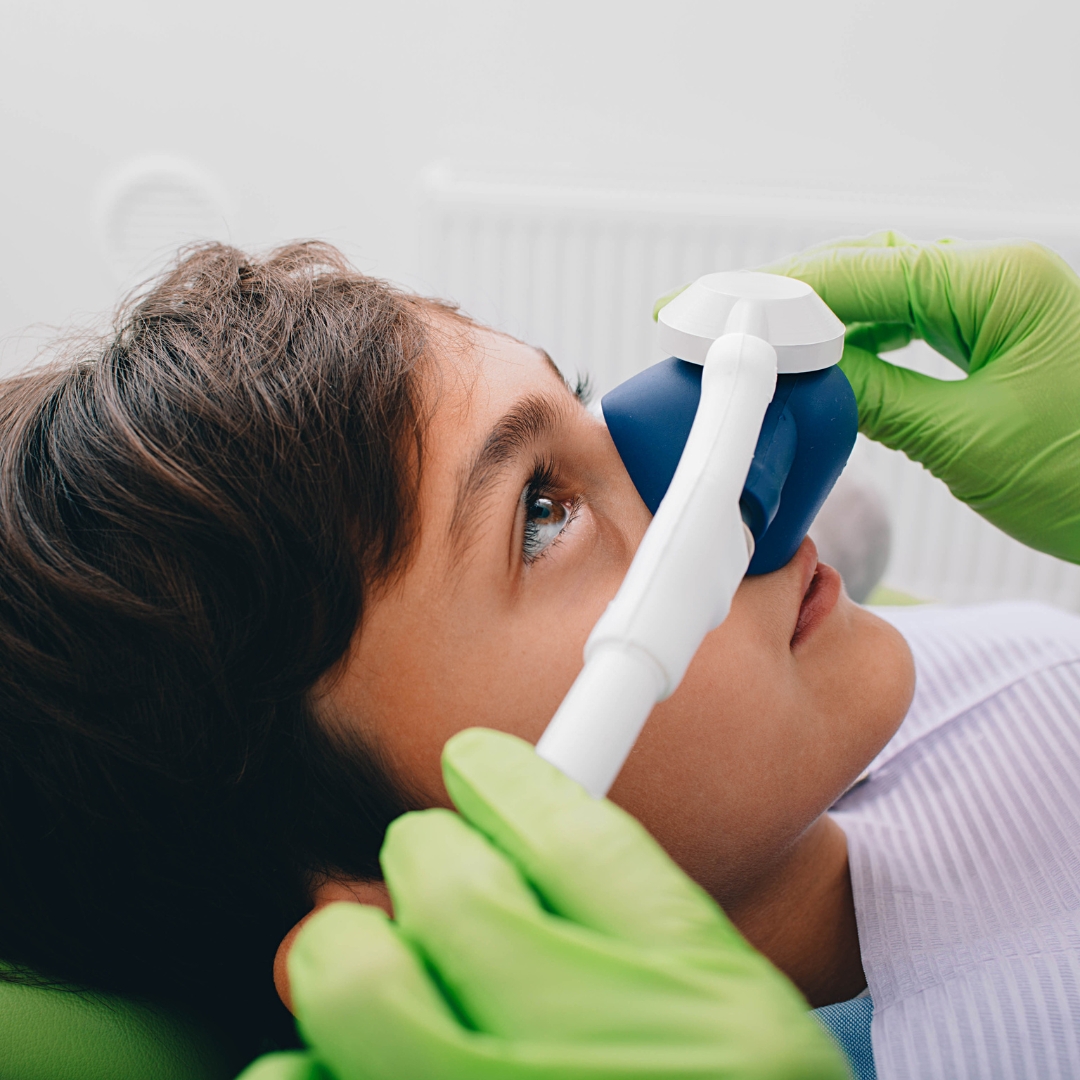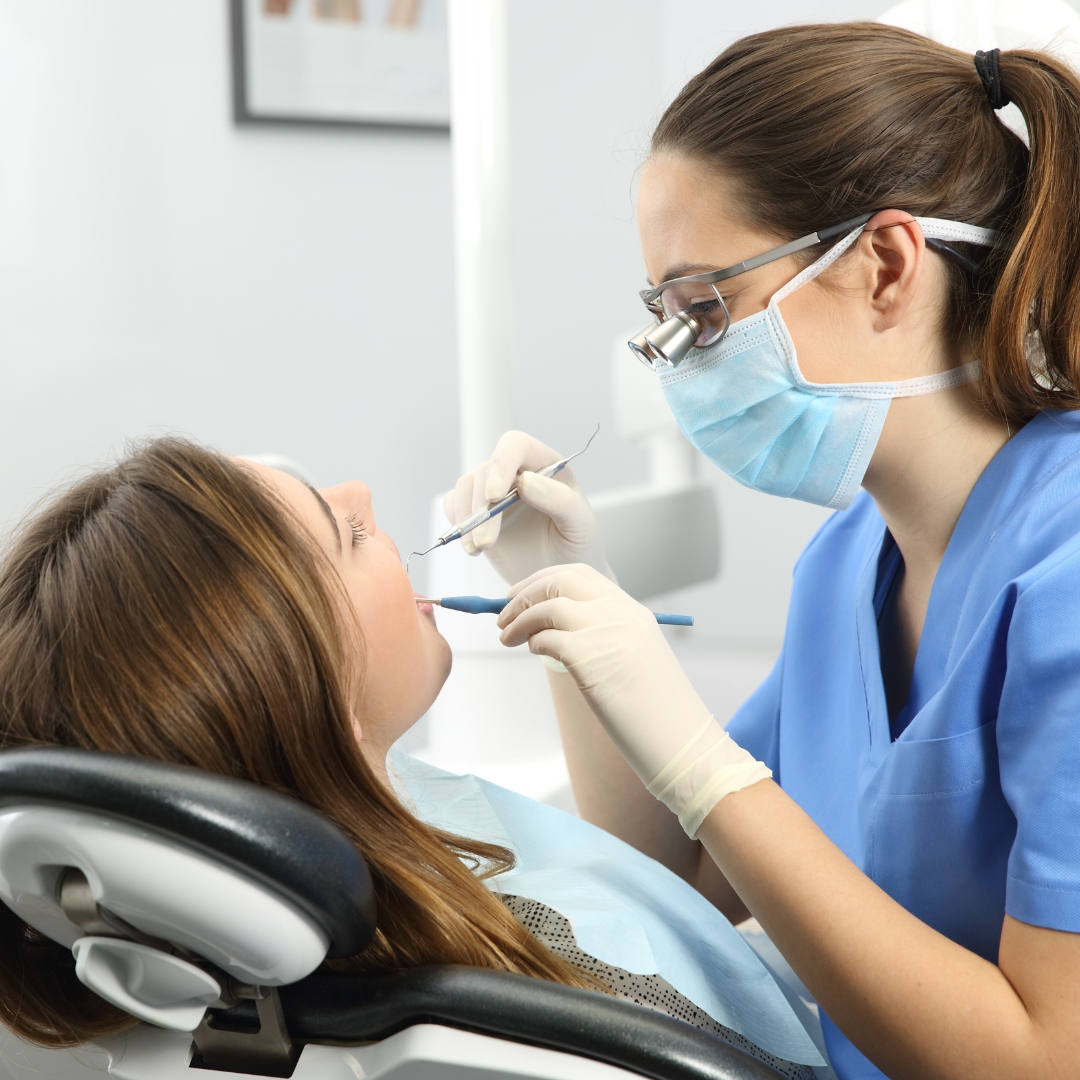In choosing a dental practice there are five variables to evaluate. Imagine that there are two proto-stereotypical solo dental practices: Poor-work and Good-work. Let’s evaluate these five
variables and what they might mean.
The number of people in the reception room (sometimes called a “waiting room”).
| Poor-work | Good-work |
|---|---|
| The room may be full of people. The impression that this gives is: “Wow, this dentist must be terrific, look how many patients there are.” | The room may be almost empty, or maybe just one or two people. The impression that this gives is: “This dentist can’t be too good, there are so few patients.” |
An appointment is a form of a contract between the patient and the professional. Most
good-work practices stick to a schedule. There is no point making a 15 minute appointment for
something that the dentist knows is going to take 30 minutes. By respecting the patients’ time,
and taking them on schedule, the dentist can expect that the patient will respect the dentist’s
time, by arriving on schedule.
In an office where there are several dentists and several hygienists all treating patients at the
same time, this variable does not apply the same as it would in a solo practice.
The length of the “wait” to be seen.
Poor-work Good-work
It’s not called a “waiting room” for nothing.
Patients may wait a considerable length of
time for treatment.
Patients don’t usually have to wait very long;
they are taken in for treatment right on
schedule.
If the office works by, and sticks to, a schedule, there is no need for patients to “wait” for any
longer than a few minutes, unless they are part of a family group all attending together, or
someone who is just accompanying a patient. The waiting time shouldn’t matter whether in a
solo practice or in a large group practice. The professionals should take their patients on time.
The duration of treatment time.
Poor-work Good-work
The treatment time may be very short, maybe
15 minutes or so, or even less.
Appointments can last 30 to 45 minutes, or
even longer.
Good dentistry takes time. It takes time for local anesthetics to work and for procedures to be
completed properly. It takes a lot less time to do shoddy work.
Sometimes something unanticipated occurs, and patients need more time and treatment than
what was originally planned. In such situations, schedules can get disrupted. It is not uncommon
for dental offices to try to contact patients before they arrive at the office, in order to tell them of
possible delays, and sometimes offer to reschedule. That is why it is always an excellent idea for
the dental office to have all the phone numbers at which you can be reached during the day.
Regular use of “freezing”.
Poor-work Good-work
Dentist doesn’t generally “freeze” the teeth,
and patient’s rarely complain of pain.
Dentist almost always uses “freezing” and
sometimes the patients still experience pain,
despite the dentist’s best efforts.
Treating living teeth, can be a painful experience. It is a rare circumstance when freezing isn’t
necessary. By and large, good dentistry requires teeth to be anesthetized (“frozen” or “asleep”) in
order to be properly treated. One wouldn’t expect to have an appendectomy without being put to
sleep.
Despite all the techniques and local anesthetic drugs we have at our disposal, sometimes
patients will experience pain to varying degrees. To advertise “painless dentistry” could be
construed as misrepresentation.
If the dentist is doing poor-work, and isn’t properly preparing teeth for fillings, then it probably
won’t hurt, and it can be done quickly. But will that filling stay? Or will it fall out? Or will the tooth
become infected? Who knows?
The experience at recall appointments.
Poor-work Good-work
Patients almost always need work when they
come for their recall examinations.
Patients usually do not require any treatment
when they come for recall examinations.
Good-work dentists usually find that when their patients attend for recall examinations, there is
no new treatment to be done. That is the objective of good dentistry: to keep our patients’ mouths
in good health, so they can maintain that good health on their own.
If a patient always needs some additional treatment every time they go for a recall examination,
perhaps it is a worthwhile idea to re-evaluate into which category the dental practice belongs.
There are several other variables to consider:
1. How up-to-date is the office? If the equipment is old, if there is no contemporary
technology, is the dentist also behind-the-times? But, choosing a practice because it has
the latest in technology, fancy equipment, and an elaborate office layout can be
misleading. Some offices provide a lot of auxiliary comforts such as coffee/tea/juice, hot
towels, etc. These aren’t the important things to consider. What really counts is the
quality of the dentistry that is performed in that office.
2. Do you know someone who is a patient at the office? The best referral is
word-of-mouth. Someone who is a patient can provide the best reference as to how good
the practice is. You can ask another patient of the practice about how punctual the office
is with appointments; the length of appointment times; the use of local anesthetics; etc.
Don’t be influenced by the advertising that the office might do. Some people in the
advertising industry believe that “When business is slow, businesses advertise.” Keep
that in mind.
3. Read reviews: While not absolutely a guarantee of anything, there are on-line reviews of
dental practices that can be used as a guide. Get a consensus by reading a number of
reports, and do not let an occasional negative evaluation overly influence you. Every
practice has patients who aren’t satisfied; perhaps even be suspicious if there are only
glowing reports and none that is less so. But consider that unsatisfied patients frequently
make a lot more noise than satisfied patients do. People, generally, are quicker to
complain than to praise.
4. Interview the office: Make an appointment just to meet the dental office team. Most
good-work dental practices will be happy to spend some time getting to know you,
without a fee. After you’ve met the team, you can then decide for yourself if you wish to
become a patient.
The dentist-patient relationship is an important foundational pillar of good healthcare
maintenance. These tips can help you find a quality practice to choose to entrust with your oral
health.




